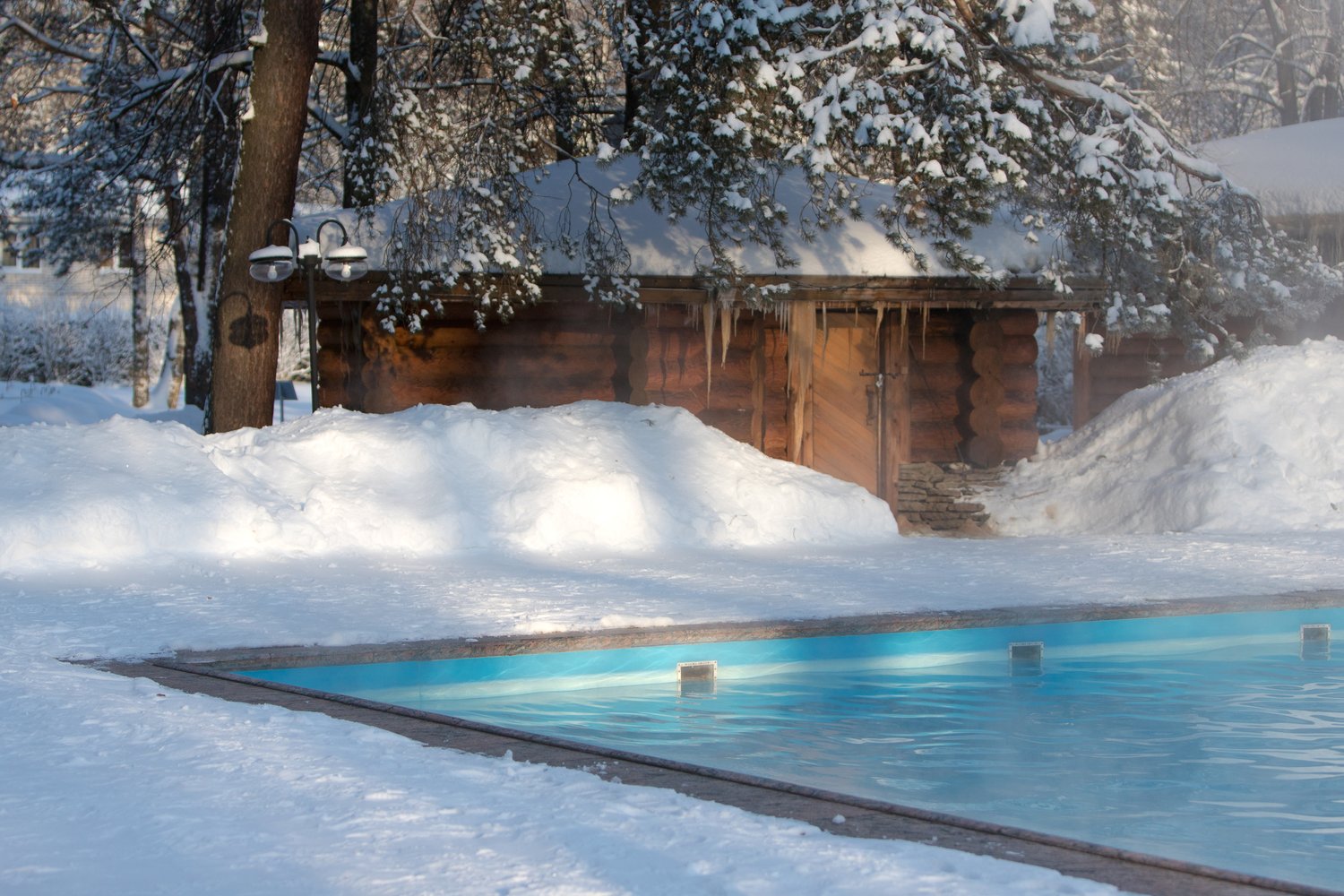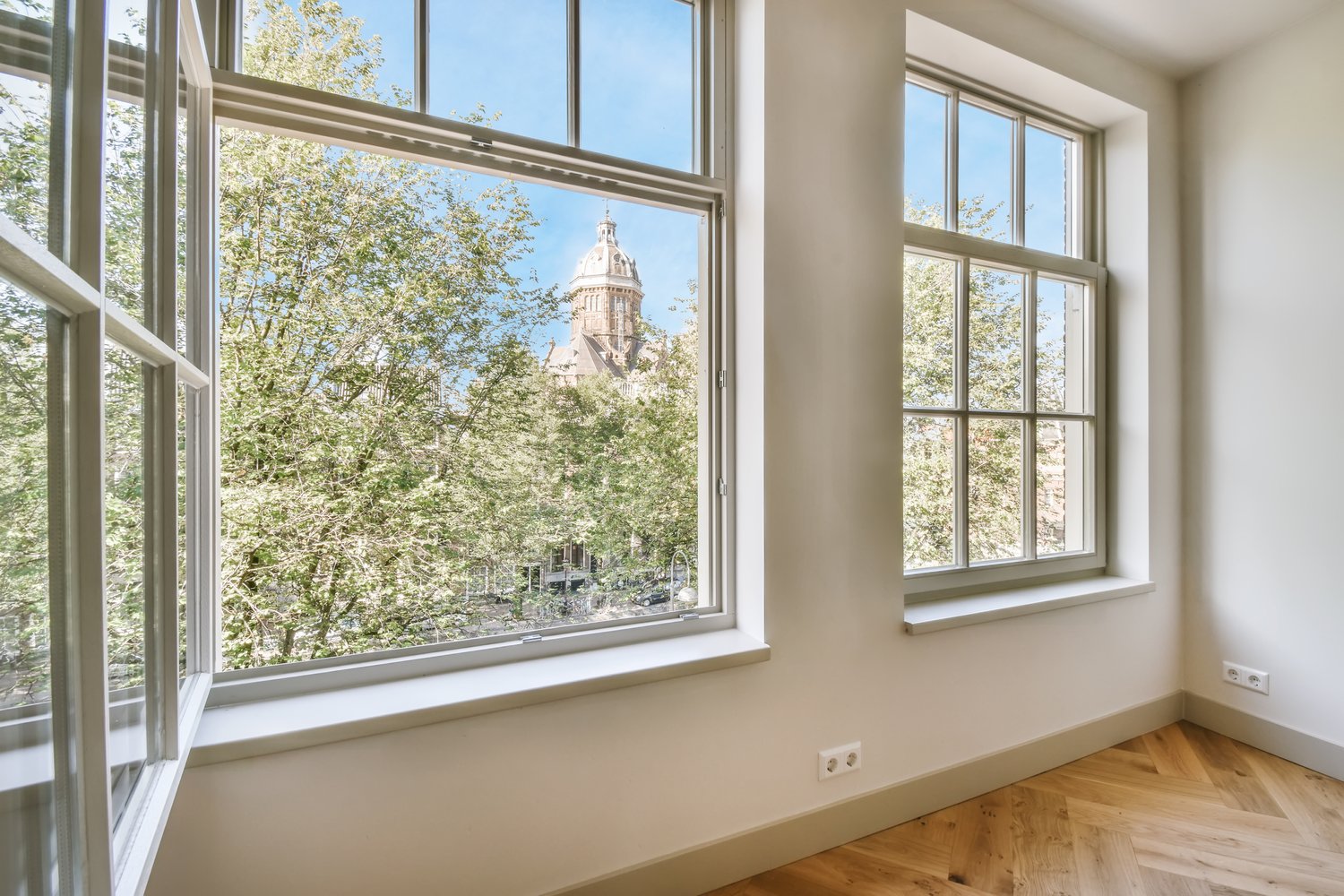As the warm days of summer give way to cooler temperatures, homeowners with outdoor pools and patio areas need to prepare these spaces for the changing season. Properly winterizing your outdoor pool and patio area is crucial to prevent damage from freezing temperatures, snow, and winter storms. This comprehensive guide provides a detailed checklist for preparing your pool, enclosure, and patio furniture for the colder months, ensuring everything remains in optimal condition until spring arrives.
Understanding the Importance of Winterization
Winterizing your outdoor pool and surrounding areas isn’t just about maintaining aesthetics—it’s about protecting your investment. Freezing temperatures can cause significant damage to pool equipment, plumbing, and surfaces if left unprepared. Water expands when it freezes, potentially cracking pipes, damaging filters, and causing structural issues to your pool. Similarly, outdoor furniture and patio enclosures face their own challenges during winter months. Taking the time to properly prepare your outdoor living space before winter arrives can save thousands in repair costs when warmer weather returns.
Complete Pool Closing Checklist
Creating a methodical approach to closing your pool for winter ensures no critical steps are missed. Begin by thoroughly cleaning your pool, removing all debris, and vacuuming the bottom. Test and balance your water chemistry one final time, adjusting pH, alkalinity, and calcium hardness to recommended winter levels. Properly balanced water prevents staining and scale formation during the off-season. Lower the water level according to your specific pool type—typically 4-6 inches below the skimmer for inground pools with solid covers. Drain all equipment including pumps, filters, heaters, and chlorinators according to manufacturer instructions. Apply winter algaecide and shock treatments as recommended for your specific pool. When consulting professionals about winterizing your outdoor pool, many experts from AskHomey recommend installing the appropriate winter cover securely, ensuring it can withstand snow loads and prevent debris from entering the pool.
Protecting Your Pool Equipment
Pool equipment requires special attention during your winterization process. Remove all return fittings, skimmer baskets, ladders, and other removable components. Clean these items thoroughly and store them in a dry location. For the pump and filter system, ensure all water is completely drained to prevent freezing damage. Some pool owners use a shop vacuum to remove water from pipes that cannot be drained by gravity alone. Consider adding pool antifreeze to plumbing lines for additional protection against freezing, particularly in regions with severe winter conditions. Disconnect and store the pool heater’s propane tank if applicable. Cover exposed equipment with weatherproof tarps or specialized equipment covers, securing them against winter winds.
Winterizing Pool Enclosures and Structures
If your pool features a screen enclosure, gazebo, or pergola, these structures need preparation for winter as well. Inspect all screens for tears or damage and repair them before winter sets in. Remove any accumulated debris from gutters or drainage channels. Check for loose fasteners, bolts, or structural components and tighten or repair as needed. Trim back any overhanging tree branches that could potentially fall and damage the enclosure during winter storms. For retractable or seasonal enclosures, follow manufacturer guidelines for proper winter storage or protection. Apply appropriate lubricants to tracks, wheels, and moving parts to prevent seizing during cold weather.
Prepare Patio for Winter Protection
Your patio area requires thorough attention when preparing for winter weather. Start by deep cleaning all surfaces, including concrete, pavers, and decking materials. Fill any cracks in concrete with appropriate sealant to prevent water infiltration and further damage from freeze-thaw cycles. Apply a quality concrete or paver sealer to protect surfaces from moisture, staining, and salt damage. Clear drainage areas to ensure melting snow and ice can flow away from your patio and foundation. Consider installing temporary windbreaks in areas with severe winter conditions to minimize snow accumulation and reduce wind damage to remaining structures.
Protect Outdoor Furniture Winter Storage Solutions
Outdoor furniture left exposed to winter elements can deteriorate rapidly. Begin by thoroughly cleaning all furniture pieces according to their specific material requirements. Allow everything to dry completely before storage to prevent mold and mildew growth. For items that cannot be stored indoors, invest in high-quality, weatherproof furniture covers designed for winter protection. Secure these covers with appropriate fasteners to prevent them from blowing off during winter storms. Wooden furniture benefits from a fresh application of protective sealant before winter storage. Stack plastic furniture carefully in protected areas, placing something between pieces to prevent scratching. Store cushions and fabric items indoors in climate-controlled spaces whenever possible to extend their lifespan.
Finalizing Your Winter Preparations
Before concluding your winterization process, conduct a final walkthrough of your entire outdoor living area. Check that all water sources are properly shut off and drained. Ensure electrical systems are properly protected or disconnected according to local codes. Document your winterization process with photos and notes to make reopening easier in spring. Consider scheduling a professional inspection if you’re uncertain about any aspect of your winterization process, particularly for complex pool systems or if you’re new to pool ownership.
For more tips and to connect with reliable home service professionals, follow AskHomey on Facebook and Instagram.



